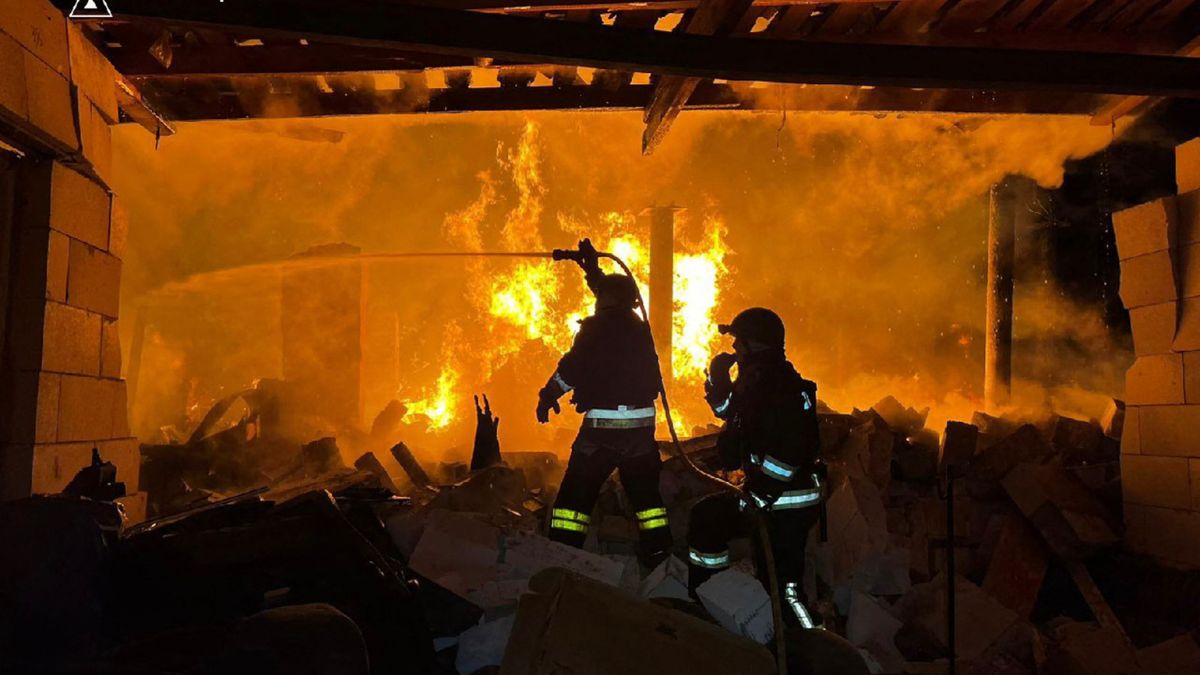The continuing Ukraine war, which has lasted more than three years now, has impacted the world in more than one way. Economic ramifications have now gone well past Eastern Europe; millions of citizens have been displaced, and cities now lie in ruins. In addition to all of this, the chances of nuclear escalation remain a looming threat. The chances of nuclear escalation remain a threat while food prices, energy prices, and the supply chain issues continue to elevate.
Proposals for short-term ceasefires and truces have come up time and again amid this turmoil. However, these temporary fixes are dreadfully insufficient. They are not answers; they are only breaks in an unending cycle of violence.
A long-term agreement, a comprehensive resolution that puts an end to the violence permanently, is what Ukraine—and the world—desperately need. The United States, India, the European Union, and other powerful nations must work together in a coordinated diplomatic effort to bring Russian President Vladimir Putin and Ukrainian President Volodymyr Zelenskyy to the negotiating table in order to accomplish this.
There is nothing more at stake. Millions have already been displaced, and innumerable lives have been lost in the conflict; since Russia’s invasion, the UN estimates that over 14 million people have been displaced. In addition to the death toll, the war has made world crises worse.
Ukraine was once a breadbasket for Europe, but its agricultural output has been severely damaged, causing food shortages in Africa and the Middle East. Inflation and suffering around the world have resulted from sanctions that have caused the already shaky energy markets to falter and disrupt Russian supplies.
Although a temporary ceasefire might stop shelling, it does not solve the fundamental tensions causing the conflict—that of territorial disputes, security issues, and geopolitical rivalries. Any stop is only a preview of more bloodshed in the lack of a long-term fix.
Global powers must take decisive action for both strategic and moral reasons. The United States has to lead since its diplomatic and economic might is unparalleled. Having military hardware and billions of dollars in aid, it has shown its constant support for Ukraine, despite the recent spat between Trump and Zelenskyy and Trump’s outreach to Moscow. But this dedication must shift to incorporate substantial peacemaking.
The European Union contributes credibility and a stake in stability because it is directly impacted by the war on its doorstep. With its history of non-alignment, India is a rising power with special influence as a voice that both Western and non-Western countries trust. Its capacity to interact with Russia, a long-time ally, may prove crucial. This alliance could be strengthened by other actors, such as China, Turkey, or even Brazil, who would raise the pressure level too high for Kyiv or Moscow to ignore.
Why a permanent agreement instead of a temporary one? Without a framework for peace, a ceasefire could end at the first sign of conflict. The Minsk agreements, which were meant to end the conflict in the Donbas, failed because of mistrust and violations, as history has shown. The status of disputed territories like Crimea and Donbas, Russia’s demand for security guarantees, and Ukraine’s right to sovereignty are the main issues that need to be settled in any long-term agreement.
This calls for more than just a handshake; it calls for international oversight, enforcement procedures, and unambiguous commitments. International powers can help accomplish this by offering incentives—economic reconstruction for Ukraine and gradual relief from sanctions for Russia—and using sticks—intensified isolation or military assistance if negotiations fail.
The future depends on cooperation. Impact is ceded by fragmented efforts, such as those found in conflicting peace proposals from different countries. A concerted effort, possibly in the form of a high-level summit organised by an impartial party, might compel Zelenskyy and Putin to take the matter seriously. With support from the West, Zelenskyy needs to be convinced that negotiation does not equate to surrender. Putin is under pressure at home and is viewed as a foreign outcast at least in Europe despite Trump’s outreach. He needs a workable exit strategy that maintains some dignity while discouraging violence. Global powers can close this gap by negotiating a solution that strikes a balance between justice and practicality.
Given their conflicting interests, critics may claim that unity among diverse powers is an unrealistic goal. For example, China and the United States seldom agree on international matters. However, there is common ground in the war’s universal costs, which include escalation risks, refugee flows, and economic chaos. When self-interest coincides with the greater good, even adversaries can come together. Furthermore, it is impossible to exaggerate the moral importance of putting an end to a humanitarian crisis. More lives are lost and more families are broken with each day of delay.
Half-measures are no longer an option. Only a permanent agreement can mend the rift; short-term truces are like bandages on an open wound. Global powers need to put aside their differences, combine their power, and move quickly. The alternative, a drawn-out conflict with no end in sight, puts not only Ukraine but also global stability at risk. The bloodshed must stop—not pause—for the sake of humanity. Now is the time to come together.
The writer is a columnist. His articles have appeared in various publications like The Independent, The Globe and Mail, South China Morning Post, The Straits Times, etc. Views expressed in the above piece are personal and solely those of the author. They do not necessarily reflect Firstpost’s views.


)
)
)
)
)
)
)
)
)



